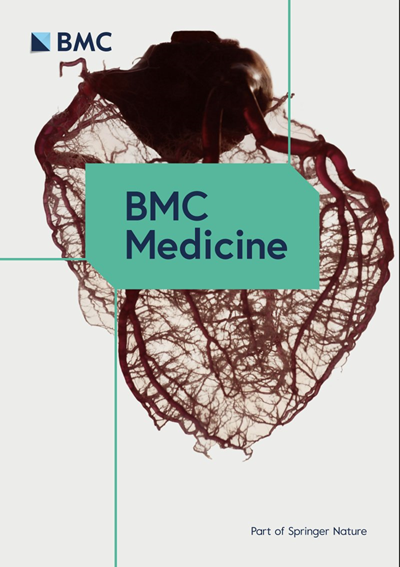摘要
背景:目前有关流感疫苗有效性(VE)的证据主要来自于小规模的高风险老年人群,且主要集中于特定的流感相关并发症,这些证据可能无法推广至台湾具有不同特征的真实老年人群。因此,这项观察性研究采用了目标试验仿真框架,旨在评估流感疫苗对流感感染、并发症以及相关医疗利用率和成本的临床效果。方法:从台湾国家健康保险研究数据库中找到了2018/2019流感季节中1214392对已接种疫苗和未接种疫苗的老年人群的倾向得分匹配对。VE(估计为1减去危险比[HR]*100%)和HRs分别用于流感事件和相关并发症:初步分析表明,无论年龄、体弱状况和潜在流感风险如何,与流感相关的住院治疗的 VE 均为 14%(10%-18%)。值得注意的是,当接种疫苗后的观察期延长时,观察到流感相关住院治疗的 VE 有所下降(2018 年 10 月至 2019 年 3 月、2018 年 10 月至 2019 年 5 月和 2018 年 10 月至 2019 年 9 月期间的 VE 分别为 25% [19-30%]、23% [18-28%] 和 14% [10-18%])。与不接种疫苗相比,接种流感疫苗可使流感相关死亡风险显著降低 30%,各种呼吸道风险降低 12-26%,心血管并发症风险降低 39-47%,急性肾损伤风险降低 23%。接种疫苗后,避免流感相关住院治疗总共可节省约 300 万美元。流感疫苗对负控制结果的影响不显著,这证明了研究程序的有效性:结论:在现实世界的老年人群中,严重流感事件(即需要住院治疗的流感事件)和相关并发症的 VE 得到了证实。为避免严重流感事件和并发症的发生,并将相关的经济后果降至最低,建议该人群在不同流感季节持续接种流感疫苗。Background: Current evidence on influenza vaccine effectiveness (VE), which is predominately derived from small high-risk older populations and focuses on specific influenza-related complications, might not be generalizable to real-world older populations with diverse characteristics in Taiwan. Therefore, this observational study with a target trial emulation framework aimed to evaluate the clinical effectiveness of an influenza vaccine on influenza infection, complications, and associated healthcare utilization and costs.
Methods: 1,214,392 propensity-score-matched pairs of vaccinated and unvaccinated older populations from the influenza season of 2018/2019 were identified from Taiwan's National Health Insurance Research Database. VE (estimated as 1 minus hazard ratio [HR]*100%) and the HRs were used for influenza events and associated complications, respectively.
Results: Primary analyses show 14% (10-18%) of VE against influenza-associated hospitalization, irrespective of age, frailty status, and underlying influenza risk. Notably, a decline in VE for influenza-associated hospitalization was observed when the observational period following vaccination was extended (25% [19-30%], 23% [18-28%], and 14% [10-18%] for the intervals October 2018-March 2019, October 2018-May 2019, and October 2018-September 2019, respectively). Compared with non-vaccination, having an influenza vaccination significantly reduced risks of influenza-associated death by 30%, various respiratory by 12-26%, cardiovascular complications by 39-47%, and acute kidney injury by 23%. Approximately savings of USD 3,000,000 in total from averting influenza-associated hospitalization following vaccination were found. The non-significant effects of the influenza vaccine on negative control outcomes support the validity of the study procedures.
Conclusions: VE for severe influenza events (i.e., those requiring hospitalization) and related complications among the real-world older population was corroborated. To avoid severe influenza episodes and complications and minimize associated economic consequences, continuous influenza vaccine uptake over different influenza seasons is recommended for this population.

 求助内容:
求助内容: 应助结果提醒方式:
应助结果提醒方式:


